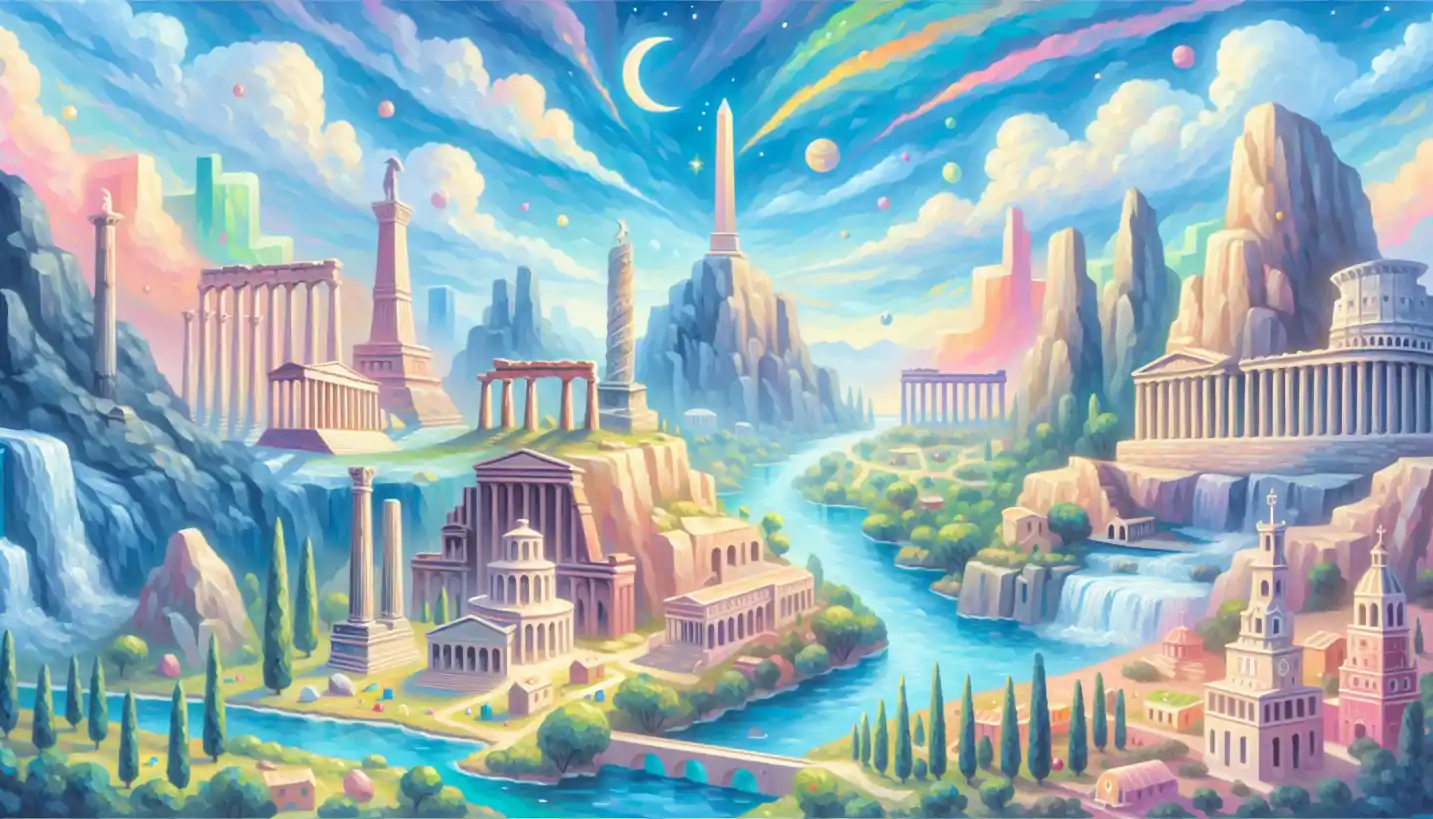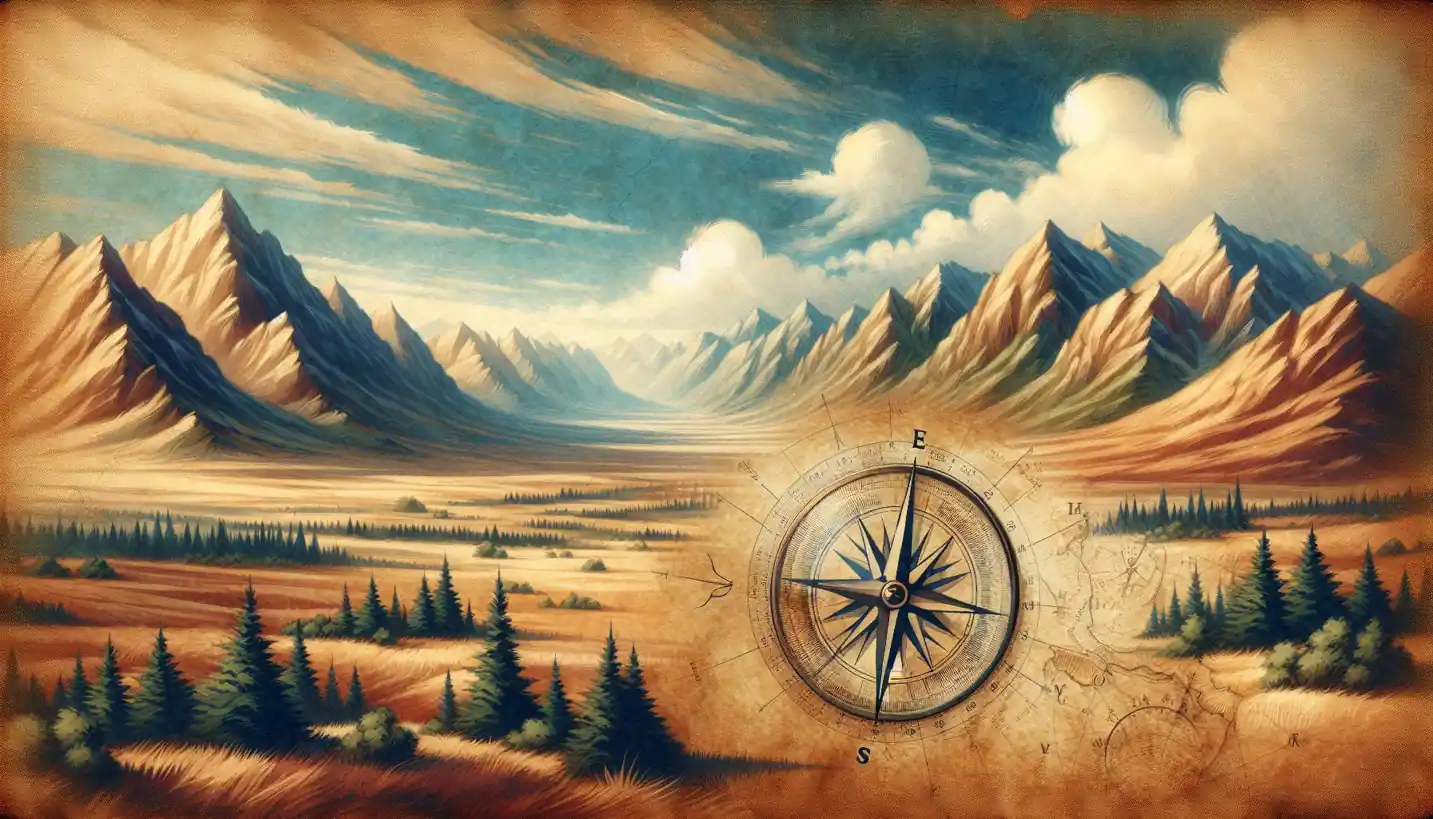· Geography · 5 min read
Anthropogenic Impact: A Glimpse into Landscape Ecology and Geography
Anthropogenic impact on landscapes reveals how human activities shape the environment around us. Examine the effects and consequences in today's changing world.

When we think about the world around us, it’s easy to imagine untouched forests, pristine rivers, or vast open fields. However, much of this natural beauty has been shaped—and sometimes reshaped—by human hands. This human influence on natural environments is known as “anthropogenic impact,” and it plays a huge role in landscape ecology and geography.
Understanding Anthropogenic Impact
Human activities, from agriculture to urban development, have left lasting marks on the landscapes we cherish. Imagine a canvas where nature paints the original picture, and humans come along to add new colors and shapes. The result? A complex tapestry that tells stories of both harmony and conflict between people and nature.
A Global Footprint
Every corner of the Earth has felt human influence. From farms that feed millions to cities that never sleep, anthropogenic impacts are everywhere. In landscape ecology, we study these changes to understand how ecosystems function, adapt, or sometimes crumble under pressure. Think of a bustling metropolis that replaces a grassy plain. The trees, once home to countless creatures, give way to concrete and steel, dramatically altering the local ecosystem.
The Role of Agriculture
One of the most vivid examples of human impact is agriculture. For centuries, humans have tilled the soil, planting crops to sustain growing populations. This reshapes natural landscapes, converting forests and grasslands into farmland. While this transformation feeds billions, it can also lead to soil degradation, loss of biodiversity, and changes in local climates.
It’s like taking a rich, multifaceted ecosystem and flattening it into a single-purpose machine. The ripple effects can be substantial. For example, without diverse plant and animal species, the soil may lose nutrients, and pest populations can spiral out of control.
Urbanization and Its Effects
Another key player in anthropogenic impact is urbanization. Moving from rural areas to cities has been a trend for decades. Cities grow, consuming surrounding landscapes to make room for infrastructure, housing, and industries. This shift doesn’t just change what’s above ground; it alters water systems, local climates, and animal habitats.
Imagine replacing a sponge with a block of cement. Natural landscapes act like sponges, absorbing rain, filtering water, and nurturing life. Urban areas, however, are less absorbent, leading to problems like flooding and pollution.
Deforestation and Its Consequences
Deforestation is a well-known aspect of human impact. Whether for agriculture, logging, or development, clearing forests has profound effects on global and local environments. Forests act as the planet’s lungs, absorbing carbon dioxide and producing oxygen. Removing trees disrupts this balance, contributing to climate change and the loss of countless plant and animal species.
The act of cutting down forests can be likened to tearing pages out of a book. Each tree felled represents a story, a piece of an intricate narrative that binds life and climate together.
Waterways Under Pressure
Rivers, lakes, and oceans aren’t immune to anthropogenic influences. Pollution, industrial waste, and runoff from agriculture introduce toxins into waterways, which harm aquatic life and degrade water quality. Overfishing and dam construction also disrupt natural water systems, impacting species diversity and altering ecosystems.
Visualize a river as a lifeline, nourishing lands and creatures alike. Anthropogenic activities act like blockages in this lifeline, restricting flow, disrupting cycles, and sometimes choking the very life they should support.
Consequences for Biodiversity
One of the most critical areas of concern is biodiversity. Human influence tends to reduce the variety of life, leading to monocultures in agriculture and fewer animal species in urban areas. This loss of biodiversity can make ecosystems more vulnerable to disease, climate change, and other challenges.
Imagine a flourishing garden with many kinds of plants and bugs. Now, envision it stripped to a single type of plant, silently standing as the rest vanish. This diversity loss weakens the fabric of nature, leaving it less resilient and more fragile.
Climate Change: A Cumulative Effect
All these changes contribute to climate change, one of the most pressing issues of our time. As landscapes change, so do their capacities to capture carbon and regulate temperatures. Increased urban heat, decreased forest cover, and polluted skies reveal a clear signature of human influence on the planet.
Consider it like adding layers of blankets on a hot day, making the Earth warmer and disrupting weather patterns. Human activity has tipped the scales, creating an altered climate with long-term effects.
Mitigation and Adaptation
Recognizing the significant impact humans have on the environment opens doors to solutions. Sustainable practices, conservation efforts, and innovative technologies aim to reduce negative impacts and restore ecological balance. Encouraging cities to adopt green architecture or reinventing agricultural practices to be more sustainable could pave the way for a healthier planet.
It’s similar to revisiting that canvassed landscape and carefully repainting it, balancing human needs with nature’s rhythm. Small actions, when combined, can lead to substantial positive changes.
The Path Forward
The study of anthropogenic impact in landscape ecology and geography is not just about understanding what we’ve done, but also about envisioning a better future. By exploring how we interact with the world, we can find ways to lessen our footprint and live more harmoniously with the ecosystems around us.
So, as we look at the landscapes we shape, the question is: How can we ensure that our presence enriches rather than diminishes the Earth’s natural beauty? Human ingenuity, coupled with nature’s resilience, allows room for hope and meaningful change.



